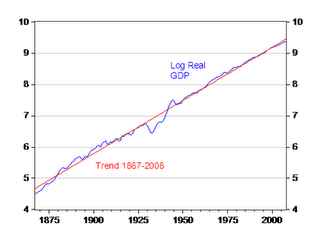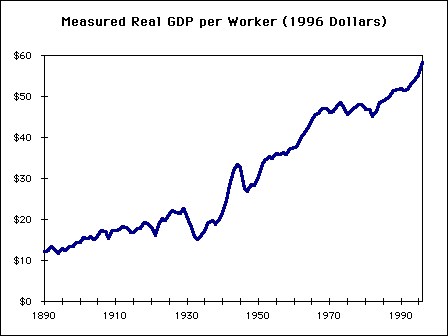This article is more than 1 year old
Royal Weddings, PCs and Cameron's brass balls
Putting public service at the mercy of the market
Wedding to wedding, Osborne to Osborne: not a lot seems to have changed over the past 30 years, does it? Di and Charlie did the aisle tango back in 1981 and now their son is about to follow suit. We all get a day off and well, ho hum, not much seems to change in Britain, does it?
But it is also the 30th anniversary of both the Osborne – the first proper portable PC – and the IBM PC itself. And as to the other Osborne, well, after 30 years we seem again to have a Tory Chancellor insistent on cutting everything that is good and just from the government budget. In this difference between what's happened to computers, as opposed to the governance of the country, lies one of the rather important but neglected points about economics.
That father and son have a 30-year gap between their being able to go gonad to gonad with their respective brides in lawful matrimony rather points up Sir Pterry's use of that as a useful timespan to consider humanity. He calls it a “grandfather”, roughly around and about the period of adult life that might pass between the initial courting and achieving that major goal in life, the production of the next but one admixture of your genes. And given this usefulness of such a timespan to consider our own lives, why not also apply it to the development of technology?
There's a great chart here which compares the Osborne computer as it hit the shelves in 1981 with today's fondleslab, the iPad2. Memory, processor speed, what it can actually do, even pricing.
I hardly need to point out the difference between the original IBM PC and what you can get today to an audience such as yourselves. Although I would point out that adjusting for inflation that 512kb, 8086, floppy drive, machine is $3,700 or so in today's money. And I'm not entirely sure that it's even possible to pay that much for something we would describe as a PC today, is it? A workstation, a server, sure, but a PC?
The difference between Geoffrey Howe and George Osborne is more difficult to ascertain. Both are, depending upon which side of the political aisle you hail from, either manically cutting essential state services out of ideological conviction or taking matters in hand after decades of mismanagement by spendthrift fools.
All the arguments over what they're doing, on either side, are about the size of the state, the unemployment rate, interest rates, the national debt: the things which most people call economics. However, this is only half of the subject and, in the long term, the less important half of it.

As you can see, over the roughly four grandfathers in the chart, what we all argue about incessantly, thinking it to be economics, barely registers. OK, this is for the US, so you can see growth going below trend in the Great Depression.
You can see it well above trend after WWII as well (and yes this does mean that reversion to the mean is a possible explanation of the post war boom: unions, high marginal tax rates and Keynesian demand management be damned. Possibly). But all the things we have huge political screaming matches over are the wibbles in the line. The important thing, if we are to think in terms of grandfathers as a unit of time, is the underlying trend, the straight line.
The wibbles are that part of economics that we call macro: the bit that's important over the generations is the trend and that's much more determined by what happens at the micro economic level. The bits about incentives, prices, markets or planning.

This isn't just a function of greater population either, as that second chart shows. Real production (and therefore real incomes) per capita have been rising as well. So what we'd really rather like to know is what is it that is driving that trend growth, sweeping away the more trivial arguments we might have about the short run.
